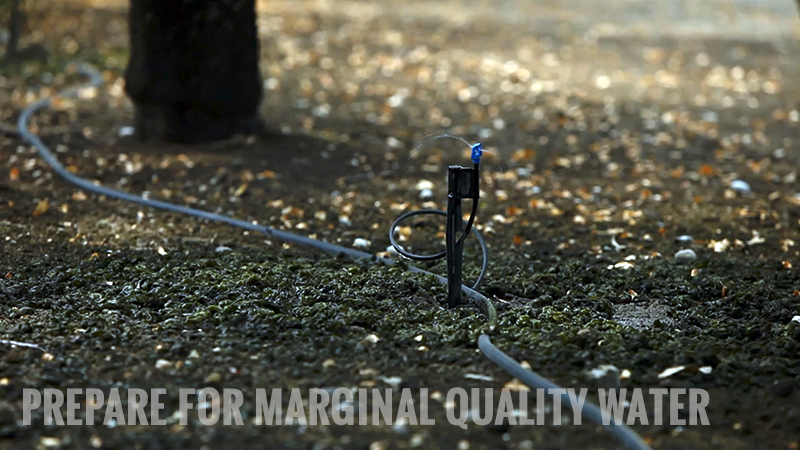Opinion: Don’t Get Left Out – Make Room For Protected Agriculture
 Man, I love the smell of orange blossoms in the morning. Come to think of it, the symmetry and shimmer of beds that comprise a strawberry field is quite a sight. And you know, the sound of the breeze through a field of sweet corn can be downright peaceful. It’s these types of tangibles that subconsciously connect the general public to agriculture. And though already ingrained, similar stimuli drive farmers, too. Being in tune with the earth is a powerful thing. You’re outdoor people. But, what if the familiarity of open field farming were to disappear? In some ways, that has happened thanks to urban development. In other ways, the landscape is transforming with the addition of row after row of molded pieces of plastic, steel, and glass. Protected agriculture is popping up more and more around the Sunshine State — and for good reason.
Man, I love the smell of orange blossoms in the morning. Come to think of it, the symmetry and shimmer of beds that comprise a strawberry field is quite a sight. And you know, the sound of the breeze through a field of sweet corn can be downright peaceful. It’s these types of tangibles that subconsciously connect the general public to agriculture. And though already ingrained, similar stimuli drive farmers, too. Being in tune with the earth is a powerful thing. You’re outdoor people. But, what if the familiarity of open field farming were to disappear? In some ways, that has happened thanks to urban development. In other ways, the landscape is transforming with the addition of row after row of molded pieces of plastic, steel, and glass. Protected agriculture is popping up more and more around the Sunshine State — and for good reason.

Structured Success
Many moons have passed since it was commonplace for Northerners to dream about buying a piece of Florida swampland and turning it into a gold mine via farming. Not to say that many of today’s local farming operations don’t have Yankee roots, but times have changed. The world has gotten much smaller in terms of distribution. Produce is being grown year-round in parts of the world sporting much harsher climates compared to Florida. Our competitive set is growing rapidly, and protected agriculture is a large part of that expansion.
In a recent poll question posted on GrowingProduce.com, we asked: Why do you use high tunnels? The choices were: extend the growing season; climate control; pest management; or all the above. By far, “all the above” was the choice of readers. With seemingly so many advantages going for it, shouldn’t more growers be on board? Well, I know cost is a huge cause for concern.
Practicality is another. Some crops just aren’t cut out for indoor duty. Though I recall a distinguished panel of the state’s tomato growers speaking during the 2010 Florida Ag Expo. The consensus among the panel was that protected structures for Florida tomatoes weren’t a good fit, and never would be. Recent completed construction projects (some involving those same growers) prove otherwise.
Light At The End Of The Tunnel
Farming continues to evolve, and Alto Straughn has been witness to much transformation throughout his industry involvement (50+ years, btw). He’s also spearheaded change, too. This month’s cover story subject (page 8) is considered a trailblazer when it comes to the state’s bodacious blueberry industry. Beyond breakthroughs in finding suitable varieties and optimal growing media, Straughn saw the potential high tunnels had to offer. Turns out, he has nothing to hide, but much to protect. His farm boasts more than 80 acres of blueberries under cover. Now that’s impressive — and smart.
For the sake of improving production, fostering research, and growing market share, more stakeholders need to re-examine the big picture. The perspective is always better from the inside looking out opposed to being on the outside looking in.









